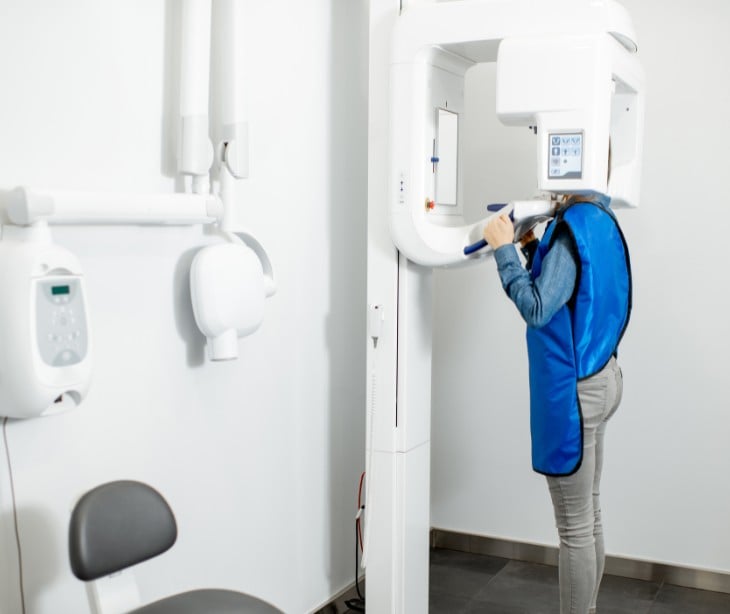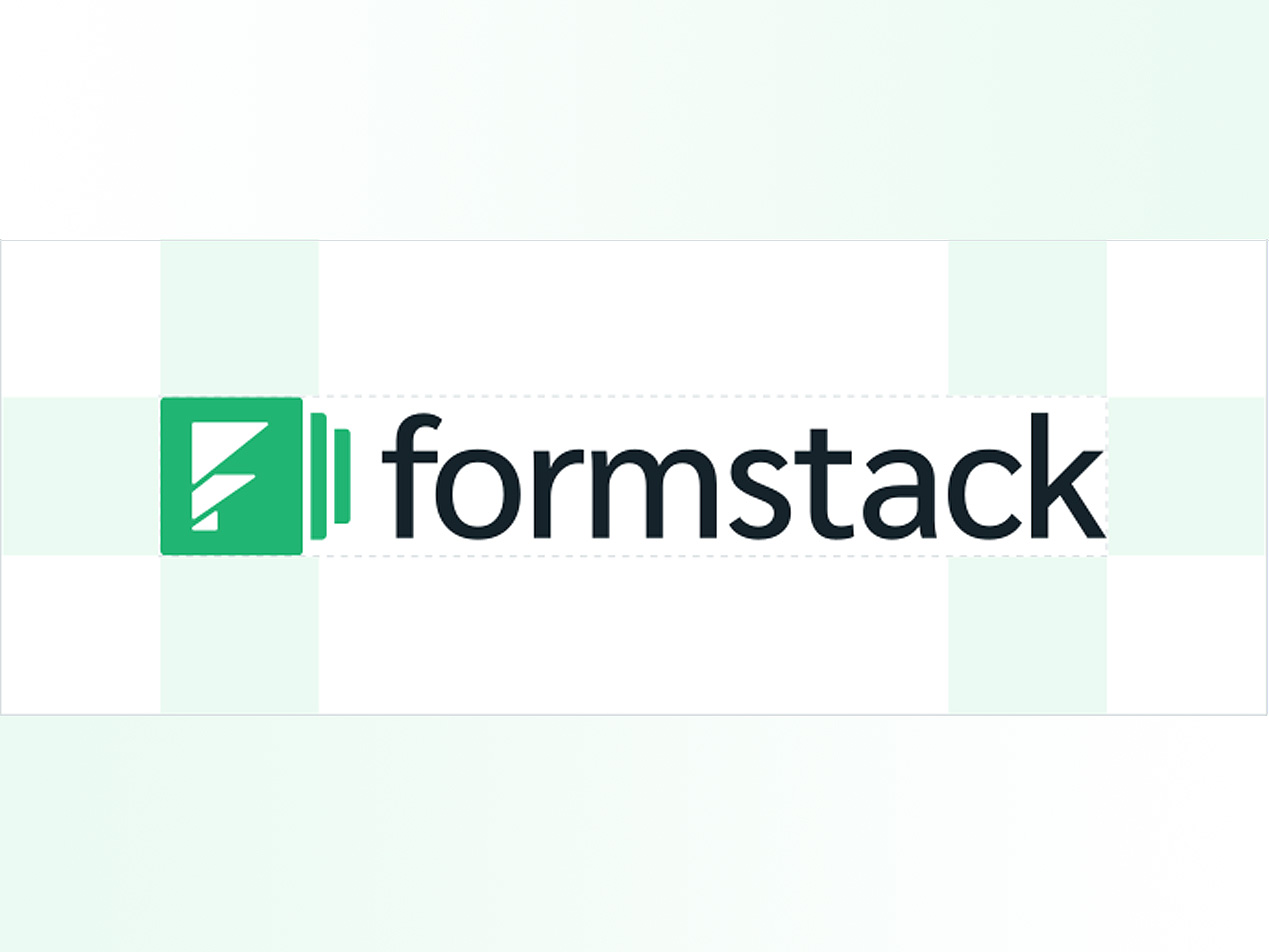2 min read
HIPAA compliant strategies for digital onboarding of new patients
Liyanda Tembani
July 25, 2024

HIPAA compliant strategies for the digital onboarding of new patients include using strong encryption for data security, implementing strict access controls and regular security audits, and providing comprehensive employee training. Ensure patient privacy by obtaining explicit consent, communicating clear privacy policies, and minimizing data collection.
What is digital onboarding of new patients?
Digital onboarding is registering and integrating new patients into a healthcare system using digital tools. It replaces traditional paper forms with electronic ones, offering several components:
- Online patient forms: Patients complete forms such as personal information, medical history, and insurance details online.
- Appointment scheduling: Patients can book appointments online with real-time availability.
- E-signatures: Patients electronically sign consent forms and other necessary documents.
- Payment processing: Patients can make payments for co-pays and other fees online, enhancing convenience.
Related: Collect patient data securely with Paubox Forms
Why healthcare organizations need HIPAA compliant strategies
Protecting patient privacy helps build trust and ensure confidentiality. Patients expect their sensitive information to be securely handled, and failing to meet these expectations can harm your practice's reputation. Non-compliance can lead to substantial fines and penalties. Healthcare organizations must therefore implement robust compliance strategies to mitigate the risk of costly data breaches and legal issues.
Related: What are the consequences of not complying with HIPAA?
HIPAA compliant strategies for digital onboarding
Data security
Use reliable encryption tools to protect patient data in transit and at rest. Implement strict access management and multi-factor authentication to ensure only authorized personnel can access sensitive information. Conduct routine security audits to identify and address any security vulnerabilities. Provide ongoing HIPAA training to staff to ensure they know their responsibilities and best practices.
Related: What happens to your data when it is encrypted?
Patient privacy
Communicate privacy practices clearly to patients so they understand how their information will be used. Manage electronic consent processes effectively, ensuring patients provide explicit consent for data collection and use. Collect only the information necessary for your purposes and securely dispose of data that is no longer needed.
Technology and infrastructure
Use software that meets HIPAA standards for secure data handling and processing. Implement robust network security measures, including firewalls and antivirus software. Secure mobile devices used to access patient data, applying appropriate security measures.
Business associate agreements
Ensure that business associate agreements (BAAs) with third-party vendors are comprehensive and detail HIPAA compliance requirements. Conduct regular audits of vendors to verify ongoing compliance with HIPAA regulations.
Incident response plan
Develop and maintain a detailed incident response plan to address potential data breaches. Regularly test the incident response plan to ensure its effectiveness and readiness in case of an actual incident.
FAQs
What role does multi-factor authentication play in HIPAA compliance for digital onboarding?
Multi-factor authentication enhances security by requiring additional verification methods beyond just passwords, reducing the risk of unauthorized access to sensitive patient information.
What are the best practices for securely managing electronic patient consent forms?
Use secure e-signature platforms that provide encryption and audit trails, and store consent forms in a protected, access-controlled digital environment. A Decision Support System study offers the following definition, "An e-signature consists of e-signature image and digital signature. E-signature is generally associated with a number of technologies, allows a person (or machine) to electronically mark a document, and can enable innovative document management processes."
Are there specific privacy considerations for handling telehealth patient onboarding?
Ensure that telehealth platforms comply with HIPAA regulations by using encrypted communication channels that secure patient data, and obtain patient consent for telehealth services as part of the onboarding process.
Subscribe to Paubox Weekly
Every Friday we'll bring you the most important news from Paubox. Our aim is to make you smarter, faster.




